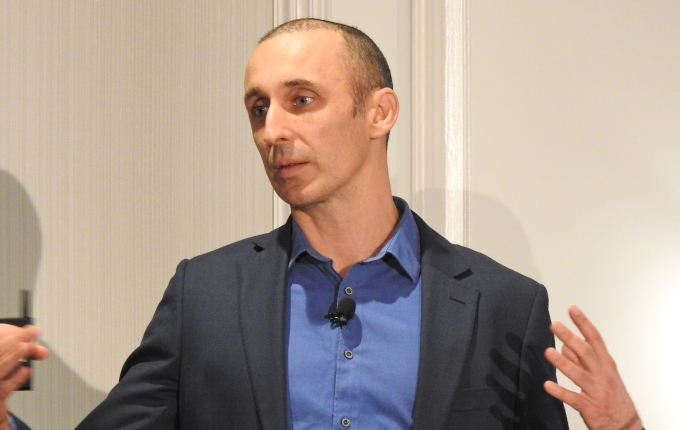Longevity vs Sequencing Risk
Ancient Greeks believed that the flesh of a peacock did not decay after death, so it became a symbol of immortality.
While immortality is often sought by monarchs as well as the rich and powerful, longevity risk is a real problem for the lay person in the Australian superannuation system. This is compounded by an uncertain economic environment exacerbating sequencing risk.
When the Labour government under Paul Keating introduced superannuation more than 30 years ago, the retirement age was 65 and people weren’t expected to live too much longer beyond that. Nowadays many baby boomers enjoy life well into their 90’s.
The changing demographics have in turn given rise to the dilemma of retirement income adequacy.
Retirement Strategies: Balanced vs Lifecycle
Without any default pension product, most superannuation funds offer a slight variation of the default balance fund (or MySuper) as the account-based pension. Others have chosen to adopt a lifecycle approach for their members in the transition to retirement.
With retirement needs vastly different from objectives in the accumulation phase, should the investment strategy be fundamentally different too? The balancing act of managing sequencing risks versus longevity risks further complicates product development.
The Financial System Inquiry recommendation that all superfunds offer comprehensive income product in retirement (CIPR) covering those risks is a step in the right direction, but legislation on the minimum product features will take time.
In the absence of legislation, superfunds may need to seriously consider developing their own CIPR for the benefit of their members.
The [i3] Pension Portfolios Forum attempts to raise these pertinent issues for discussion amongst super funds:
- How should the fund’s underlying philosophy drive the development of retirement strategies?
- Is adapting the account-based pension sufficient, or should there be a fundamental product re-design?
- Is an investment solution feasible, or should there be a hybrid of investment and insurance/annuity? How integrated should that be?
- What risk models are available? How do you manage intergenerational risk sharing?






